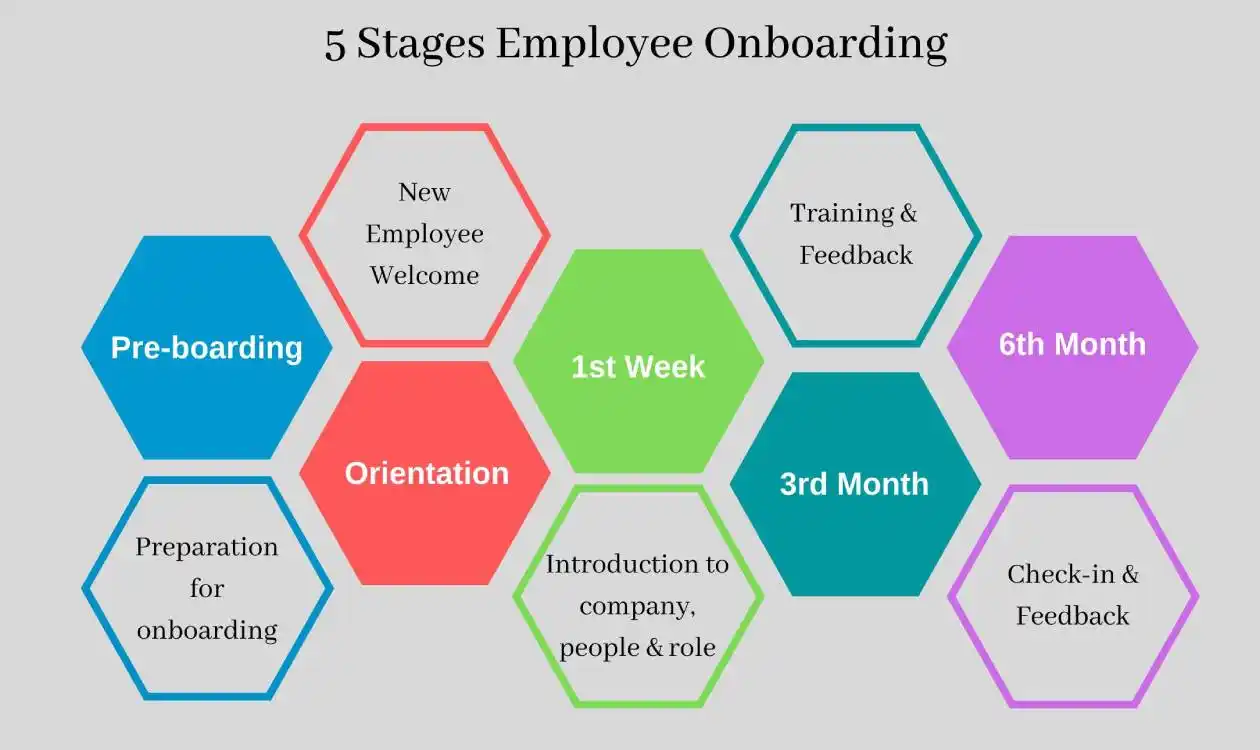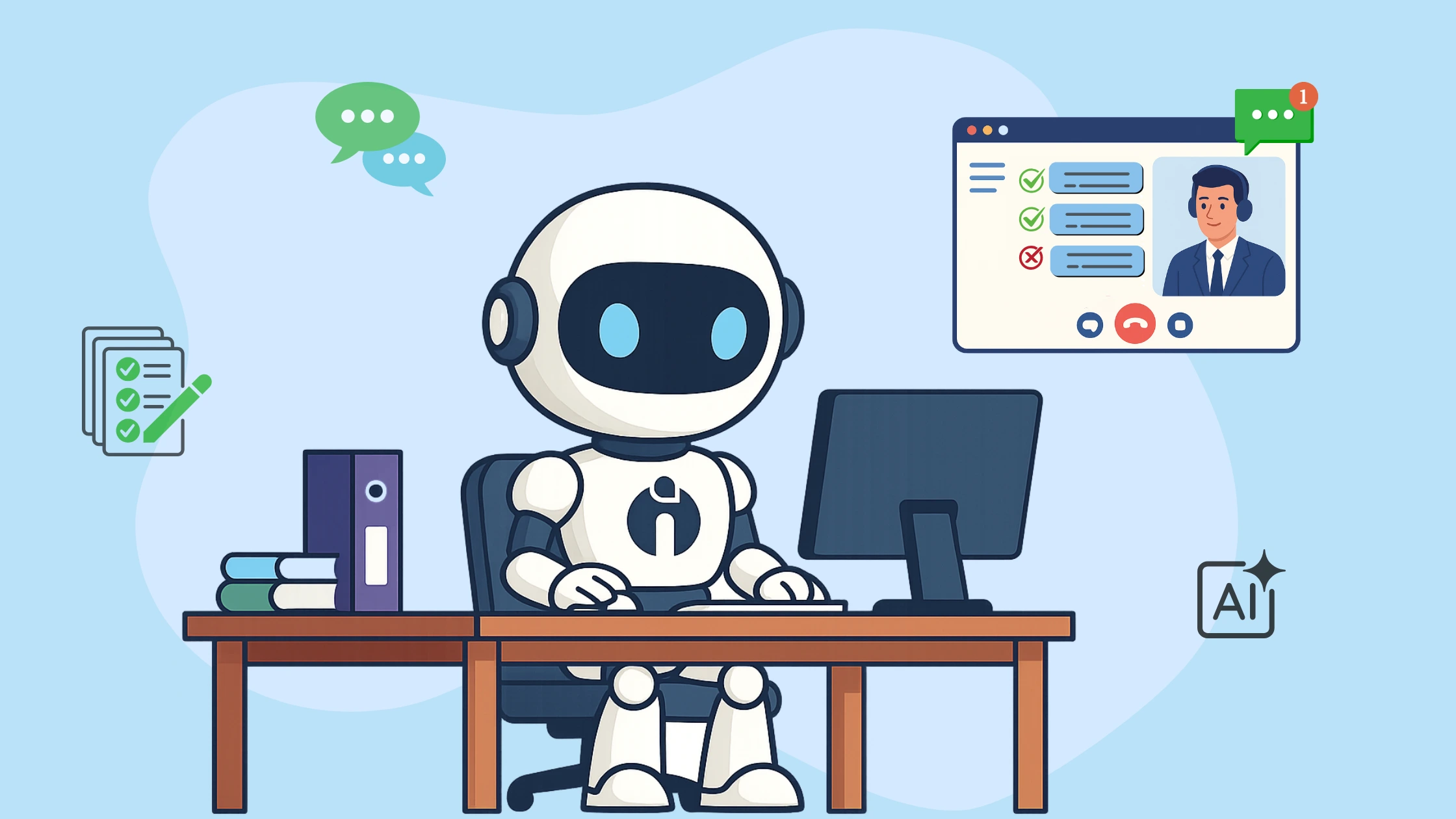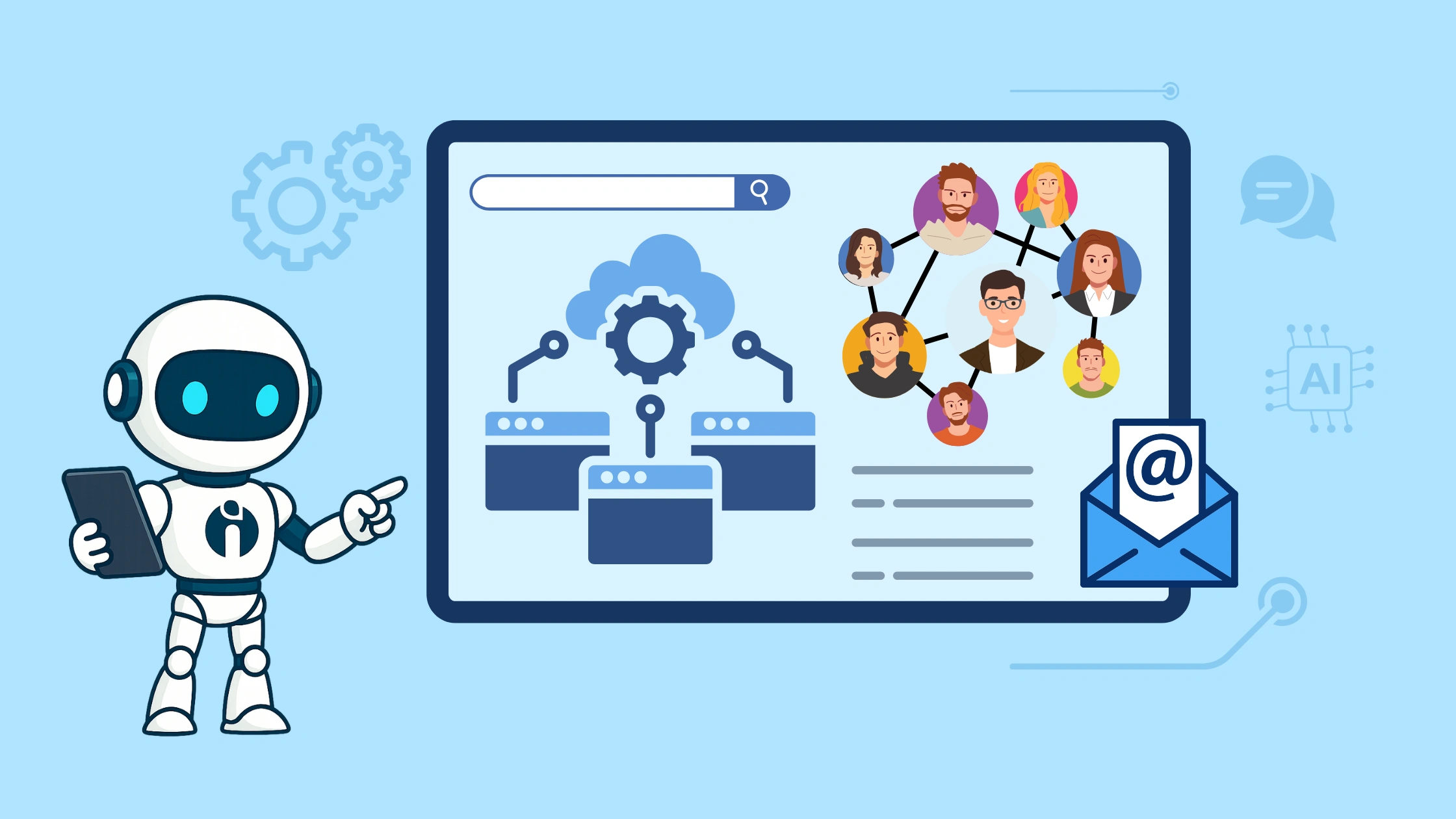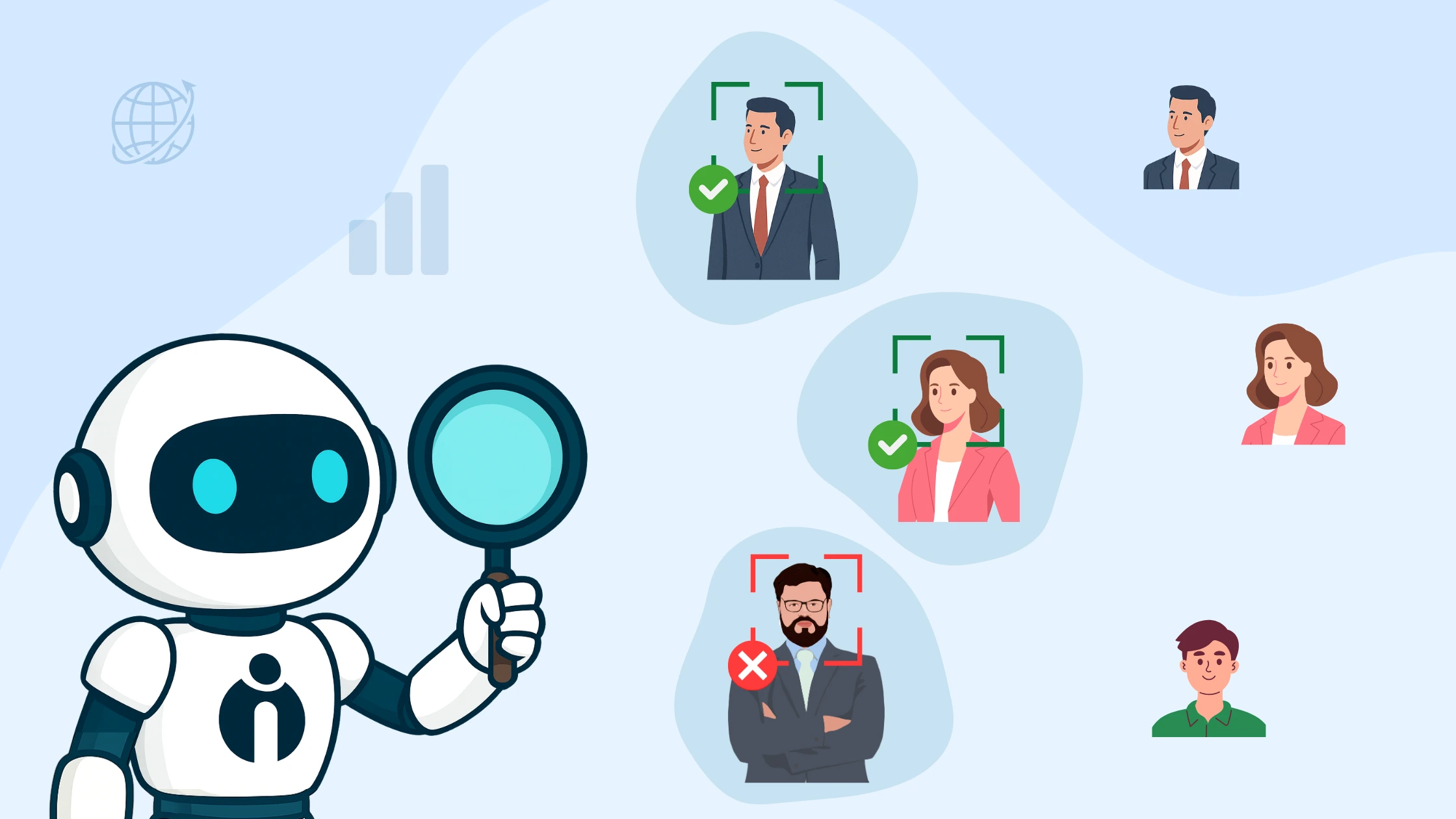TL;DR
- Employee onboarding is critical to building a strong, long-lasting relationship between the company and new hires.
- Effective onboarding familiarises new employees with the company culture, their roles, and helps build connections.
- The onboarding process spans several stages, from pre-boarding to the completion of the first year.
- Key onboarding practices include combining HR procedures, maintaining consistent checklists, and regular one-on-one meetings.
An employee's onboarding process is the first and most important key to success for your company. For any company, the priority should be the employee's onboarding process. When the search for a new employee is done, and in the meantime, the company gives the signed offer letter, the actual hard work of the company starts to keep them engaged.
The impact of employee onboarding cannot be ignored in any case because it creates a long-term partnership between the company and the employee. We can say that boarding is your company's first and last chance to show why someone would work with your company.
In this blog, we'll take you on the ride of a new employee onboarding plan. There are some tricks that you should now have a look at. That will build an excellent onboarding process so that a company can lay on a long-lasting relationship with new hires.
What is Employee Onboarding?
Employee onboarding is a process by which new joiners can get familiar with the company, employees, and of course, the company's culture.
The onboarding system starts when the offer is accepted and normally lasts through the 1st year of work, at the very least. It helps the new employees to get to know the organization before they're relied upon to accomplish any job.
Let us see, after successful onboarding, what changes take place
-
Employees have a direct relationship with their department managers
-
It can feel like a home in a company.
-
Employees have also built up many new connections in the company.
-
Can effortlessly understand their roles in the company.
-
Employees have all the rights to use the resources of the company.
-
They Can also understand their appraisal.
-
Employees can easily understand their role in the company and the work too.
The company needs to check whether the onboarding is passed or failed. There is a very simple way to check this process. Does the company need to ask some basic questions to the employees, i.e. what future they see in their role? Do they feel a friendly atmosphere at the company? Do they understand their role in the company?
As a company or an organization, you need to think about what will be the worst experience you give to the employees, i.e. on the onboarding process. This can also damage the goodwill of the company. Everybody wants a good job and a bright future.
What is the Importance of Employee Onboarding
Companies hire employees easily. They welcome the new hires by answering their questions, so employees get excited to join the company. Have you ever thought about the importance of boarding and why it is so important?
1. Increases Teamwork
People's ideas are different in teamwork; unique and new ideas come when people start talking with each other. When the relationship between new hires and their colleagues strengthens, they indirectly promote their work environment.
2. Enhance Office Culture
Onboarding is the process that allows you to show your work culture that joins your staff. Culture is on the priority list of any employee.
Through this, an organization can exhibit its mission, values and unique attributes and show recently added team members how they can cooperate with and impact the way of life through their activities and perspectives at work. Thus, the onboarding system helps the recently added employees be sustained into efficient employees.
3. Improve Productivity
After crossing everything in the employee's onboarding checklist, the new hires get all the rights in the company to work, which will increase the company's productivity.
One should never leave their new employees on their own to figure out everything in the company. You should be there with them to support them and show them that you are happy because they have joined your company. We can say onboarding is a win-win situation for both employees and the company.
Employee Onboarding Stages
There are different stages of employee onboarding. We have explained some important stages of onboarding. They are
- Pre-boarding - before the first day
- Orientation - Day one
- First week
- 360/3 = 90 days
- Completion of 365 days
1. Pre-boarding - Before the first day
The candidate who will join your company has signed the offer you gave. All the onboarding paperwork for your new hires has been done rigorously and smoothly. And that's fantastic news, right? Now you have to make sure that they enjoy their first day in the office. For that, you need to prepare pre-boarding stages i.e.
- Send an email or welcome video
- Invite new candidates to the social event
- Inform the team about the new joiner & their roles & responsibility
- Set up an email address & system access
2. Orientation - Day one
For every new candidate, the first day in the company remains the same. Generally, the company leader of the department gives much information to the new employee, but they will only remember the feeling of the first day for the rest of their career. Here is the template for the first day after the onboarding.
- Bring some sweets for the candidate
- Discuss the plan for the day
- Personal introduction with team members
- Explain the structure of the company
- Show a presentation of the company
3. First week
For any new joiner the first week in the company is most important there is n number of things the company has to do. Let's see the template for the first week.
- Add the name of the candidate on the page the company
- Introduction on LinkedIn
- Individual conversations with the colleagues
- Plan long-term meetings
4. 360/3 = 90 days
On the whole, during the onboarding process, the major important days are those 90 days for any candidate. We have focused on many factors while creating an onboarding experience. But most important is having an overview of responsibility at work. A team leader should meet the new hire and ask them whether they understand the work. Are they comfortable with the work and the atmosphere of the company? How will they help the team to meet its goals? And so on
5. Completion of 365 days
Some managers and leaders think wrapping up the onboarding process is not a good idea. But we will recommend it. Having a final onboarding sit down with your employee and get to know about their first annual performance review, you can cover things like
- How are new employees performing?
- What future do they see after working in the company for a year?
- Most importantly, ask them how their onboarding was and what they expected during the onboarding.
Employees Onboarding Practices
While organizations understand the importance of onboarding, that doesn't imply that they are doing it properly. A few employees will leave the organization due to the poor onboarding experience.
Here are a few practical tips for employee onboarding. You can implement it in your company and organization.
1. Human Resource practices should be combined
In the whole world, the 90 days plan is like a pillar in the job description and job posting. That plan should include a reason for why the job was created. If you do not add the reason, the candidate will apply, but when they come to work and know the actual job, they will get disappointed. That is a sign that the candidate is not happy with the system. That is why it is important to combine HR practices.
2. Create a checklist
We have provided you with many checklist templates you can implement in your company. For any manager, checklists are a must every day. They should prepare a checklist of their work and keep that list on the table. This exercise will give a structure towards the work and ensure that necessary steps are done or not.
3. Maintain the onboarding checklist
You should maintain consistency in the onboarding checklist. For example, if the manager does have a checklist every day but does not follow it same, then the practice of onboarding will destroy. Implement it and make sure you use it consistently.
4. Work should be effective
The ideas you got from the article should be implemented. No doubt, every company has its system of onboarding. But whatever you follow, ensure it is consistent, and your work should be effective and impressive.
5. Conduct one-on-one meetings regularly
The main motivation behind the one-to-one meeting is to cultivate positive and useful connections between the new employee and the individual colleagues. It is important to note the employee's work details and make it a habit.
Final Thought on Employee Onboarding
Here we wrap up the article for the employee's onboarding process. You might have understood that no matter the size of your company, you need a proper onboarding process. Manually this process consumes more time; the right choice is to update yourself towards technology and use the system for onboarding.
If you consider an onboarding program at your organization, carrying out novel thoughts as you're capable and gathering feedback to improve. After some time, you'll see more advantages of onboarding employees correctly.
A powerful onboarding process will help the new employees feel more esteemed and better understand their job, thus bringing more commitment. By accepting the onboarding process, you are investing in your company's bright future.
FAQs - Frequently Asked Questions
Why is employee onboarding essential for a company?
Employee onboarding is vital because it helps new hires understand their roles and the company culture, promoting a smooth transition. With effective onboarding, companies like iSmartRecruit enhance employee engagement and retention from the start.
How long should the onboarding process last?
The onboarding journey typically spans from acceptance of the offer through the first year. It ensures new employees gradually adapt to their responsibilities and the workplace environment thoroughly and confidently.
What are key stages in employee onboarding?
Onboarding usually includes pre-boarding, orientation on day one, the first week, a 90-day review, and completion after one year. Each stage provides support to help employees settle in efficiently.
How can HR improve onboarding effectiveness?
HR can improve onboarding by combining practices, maintaining clear checklists, and holding regular one-on-one meetings. These strategies, supported by solutions like iSmartRecruit, help streamline onboarding processes.
What benefits does a strong onboarding process provide?
A strong onboarding process increases teamwork, boosts productivity, enhances office culture, and reduces early turnover. It ensures employees feel valued and engaged, contributing positively to company success.















